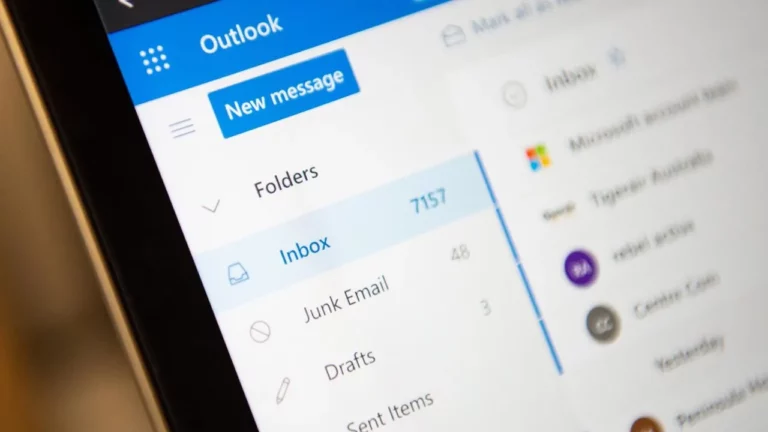8 Ways to Improve Your Internal Communication
Feel like internal communication in your business could do with a do-over?
When businesses provide the support necessary for effective and positive communication, it indicates to employees that they are valued, cared for and respected.
Here are 8 ways that guarantee to improve internal communication
Have an internal communications content strategy
This lack of strategy and planning is alarming as an internal communication system without a clear-cut strategy is bound to fail.
A thoroughly planned strategy can do wonders for your workplace internal communication initiatives.
Start by reviewing your current strategy, then identify your audience – to make sure that your employees get the right information at the right time. Make sure to devise reasonable timelines for planning, creativity and execution to set yourself up for success.
Profile your business
Employee profiles tell the story of every member of your workplace – its a great way to create a community and show your employees you’re proud to showcase their expertise and powers. They help bring together remote employees and allow employees to network – inside and outside your business.
Practice Positive Communication
Encourage all staff to practice positive communication behaviours such as upward voice, open information sharing, unique information sharing and effective and socio-emotional exchanges with coworkers. These communication behaviours support employees to connect in a way that encourages trust, commitment, innovation, team performance and inclusion.
Be sure to communicate change.
When employees don’t understand why changes are happening, it can be an obstacle to driving ownership and commitment and can even result in friction or push back. Managers and business leaders are generally responsible for changes; so it’s their responsibility to lead change and spend time explaining to staff why the changes are happening and why they are important.
Other ways to communicate change is to:
- Try to reinforce face-to-face executive communications.
- Involve staff in the changes from the beginning
- Give your team leaders the tools and information they need to disseminate the information effectively
Inspire people by presenting a compelling vision for the future.
2020 has undoubtedly tested our resilience, and during times of uncertainty, people want a clear view of the path ahead. In a post-covid world as a business or team leader, it’s great to share what you know – including what’s changing, when, and how.
For most change initiatives, it is also helpful to start with a narrative or story that clearly explains the “big picture” – why change is essential and how it will positively affect the organisation long-term.
Use social media.
We all know that social media is a powerful aid for businesses communicating with customers, but we tend to forget it also improves internal collaboration. Encourage your staff to “like”, comment, and share engaging workplace posts. This helps to generate conversations, educates employees about your product or service and will boost morale and connection.
Be an active listener.
It’s been said a million times in various ways, BUT listening is more valuable than speaking – especially when communicating change to many people. When you’re actively engaged and listening to your employees’ concerns or issues, you can gain a better understanding of the problem and subsequently formulate the most optimal and accurate solutions.
Create a central company wiki
Every business has several policies, guidelines, procedures, workflows, and information that needs to be communicated to ensure that everyone is on the same page. Encourage your teams to create an internal FAQ quarter ( wiki) – a space where staff can quickly self-teach, catch up on communications and share feedback on organisation changes or updates.







